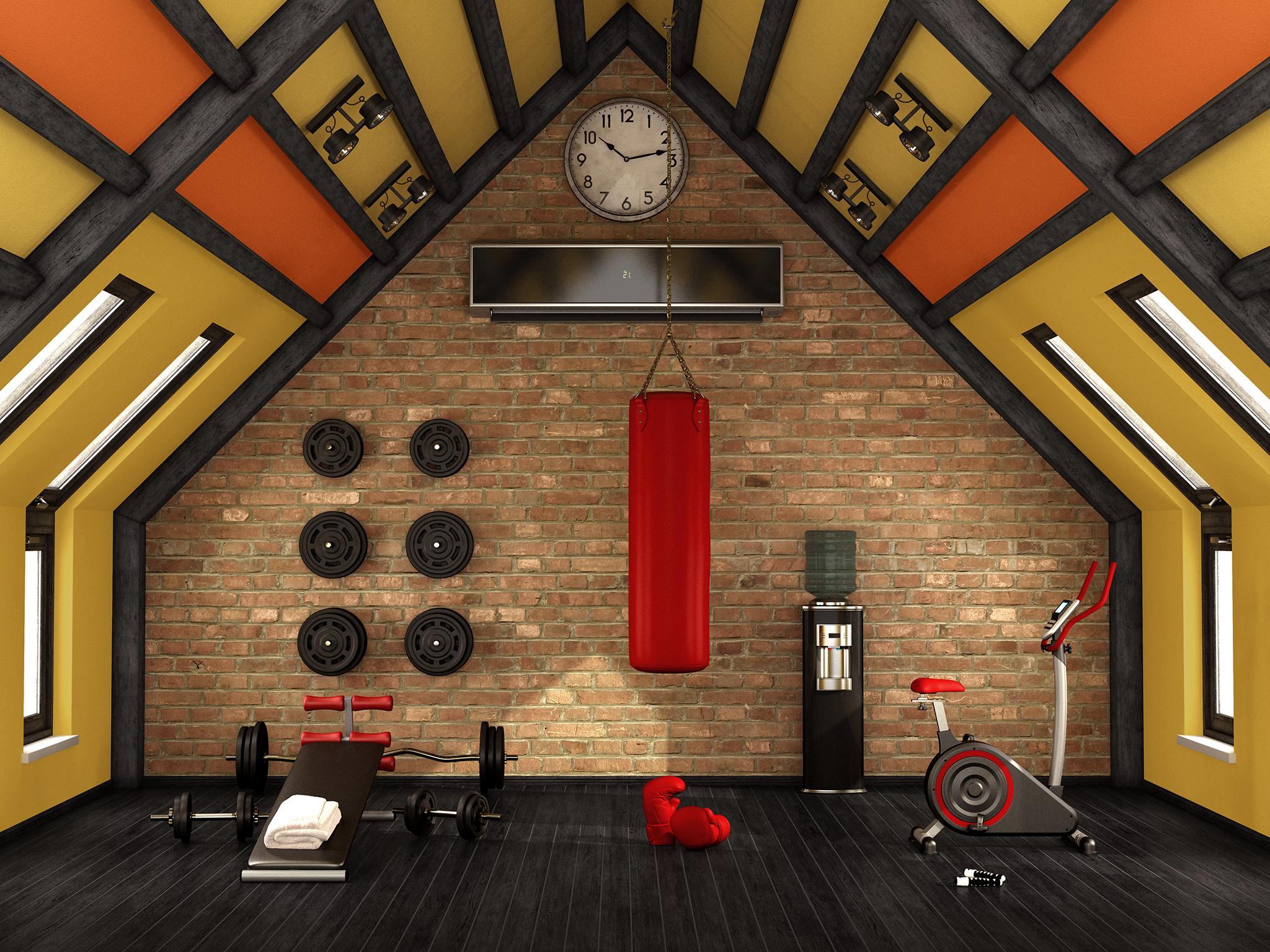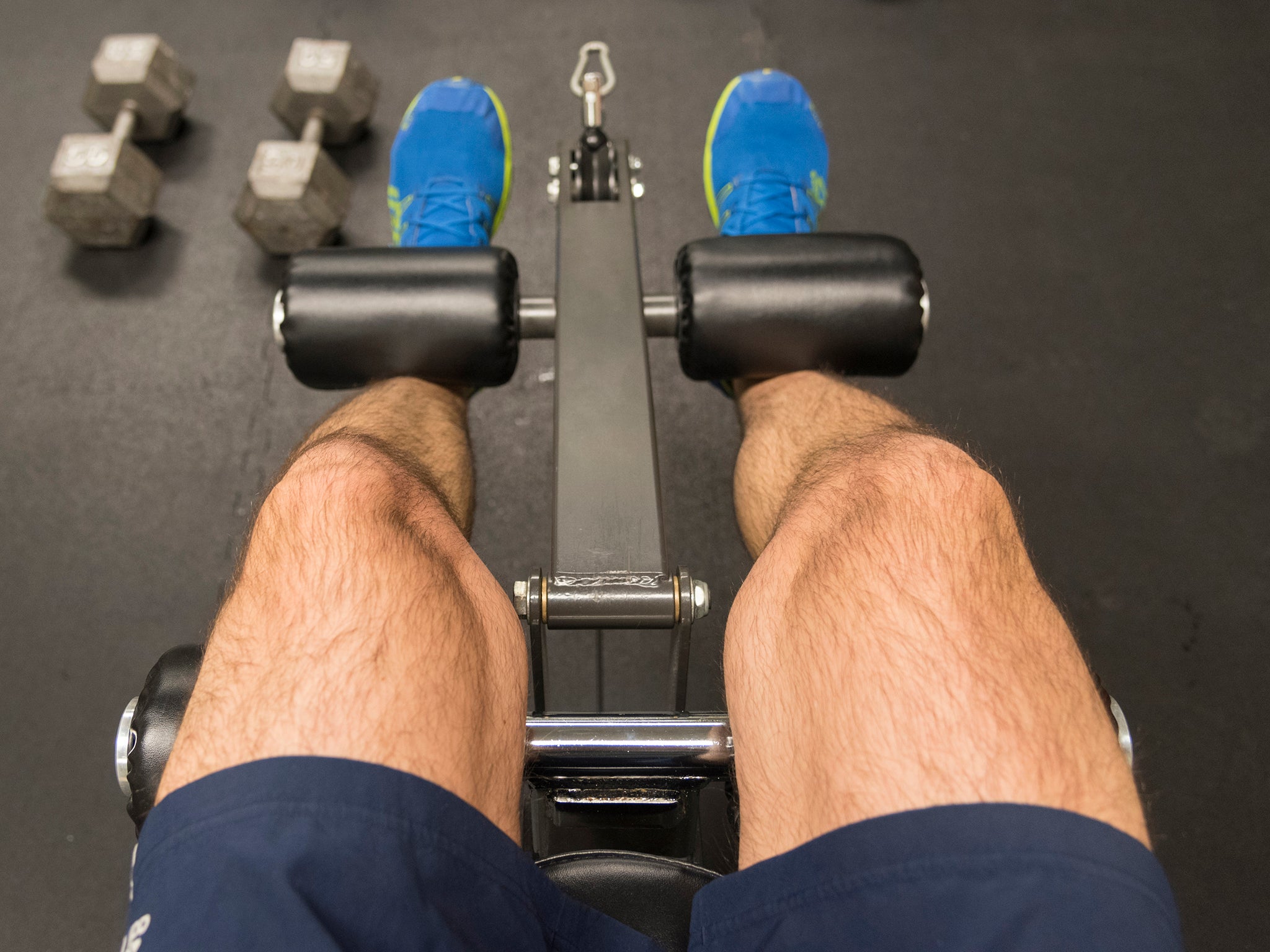How to get the most out of your gym membership, according to a sports scientist
The gym is no place for idling, take an expert’s advice on how best to workout

Your support helps us to tell the story
From reproductive rights to climate change to Big Tech, The Independent is on the ground when the story is developing. Whether it's investigating the financials of Elon Musk's pro-Trump PAC or producing our latest documentary, 'The A Word', which shines a light on the American women fighting for reproductive rights, we know how important it is to parse out the facts from the messaging.
At such a critical moment in US history, we need reporters on the ground. Your donation allows us to keep sending journalists to speak to both sides of the story.
The Independent is trusted by Americans across the entire political spectrum. And unlike many other quality news outlets, we choose not to lock Americans out of our reporting and analysis with paywalls. We believe quality journalism should be available to everyone, paid for by those who can afford it.
Your support makes all the difference.CrossFit, circuit training, group exercise, functional training, resistance training, cardio training. Feeling dizzy yet? Never before have there been so many structured activities at the gym vying for your attention.
Simply idling into the gym and heading for the recumbent bike seems very old fashioned. More choice, however, is not necessarily a good thing – and the gym floor, with all of its complex equipment and confident lycra-clad inhabitants, can be a daunting place.
While my work with athletes often involves a range of complex training approaches using a host of equipment, you can still exercise effectively using the most basic apparatus on the gym floor. After all, there are enough barriers to making exercise an integral part of your week without the environment itself hampering your progress. So why not take a simple approach?
Here are few tried and tested (yet easy) exercises that, when combined with a broadly healthy lifestyle, are likely to improve fitness levels, maybe shed a little excess weight – and will make you feel at home in the gym.
Hit the floor running
The warm up is a great opportunity to include some easily neglected exercises. Start by repeating a short set of just four or five simple stretches. This will ensure your muscles are taken through a full range of motion.
You could also add some exercises that use your own body weight to improve strength, such as squats, lunges, press ups and sit ups. Two or three sets of six to eight repetitions will be plenty.
The great thing about these exercises is that they don’t require any equipment, and can be performed in very little space.
Ordered exercise
People with busy lives aren’t going to divide their training sessions rigidly into resistance (weights) and cardio (running, cycling and rowing). You will most probably want to cram everything into the same session.
Not only is that okay, it is actually a good way of training, as the likelihood is the overall intensity of each session will be higher with more time spent actually exercising.
The order in which you complete the resistance and cardio components of your session is unlikely to make a huge difference. More important is not being fixed to a structure that becomes difficult to achieve at busy times and that, over time, becomes boring. My advice would be to have a rough plan of what you want to do – but not necessarily an order in which those different components will be performed.
Resistance is definitely not futile
Resistance (strength) training is absolutely something you should be doing. It won’t make you put on weight or become muscle bound. Nor does it have to be done while grunting in front of a mirror (although you can if you want to).
What it does do is help maintain a quality of life as we age. From opening jars to getting out of an armchair – everyday tasks that rely primarily on strength. For the exercises themselves, try to include certain types of movement in each session: push, pull, rotate and brace.
For example, leg exercises that fall into the push category would be squats, leg presses or lunges, while dead lifts or seated leg curls are examples of a pull exercise.

The easiest way to remember the type of movement you are doing is to think about where the effort is placed – the hardest part of the leg press exercise, for example, is when you push to straighten your legs.
We can apply the same logic to exercises that strengthen the upper body – consider the shoulder “press” and “lat pull down”. Aim for somewhere between six and 12 repetitions, adjusting the load accordingly – the more reps, the lighter the load.
Rotation and brace exercises refer to those that strengthen what are commonly referred to as the “core” muscles – the ones that sit roughly below your sternum and above your hips. Rotation exercises can include twisting your upper or lower body, for example. The Russian twist involves lying on a Swiss Ball, knees bent to 90 degrees, feet flat on the floor, and twisting to your right and left in an alternating manner.
Bracing exercises are those that require no movement at all, they involve lying (or standing) while holding a stable position, usually with gravity providing the resistance. Exercises in this category include the plank and bridge, which involve lying on one’s front and back, respectively.
They are usually performed for a set period of time, for example 30 seconds rather than for a number of repetitions. Performing each type of exercise in a set, and targeting different body parts, will allow you to ensure variety in your routines.
The heart of the routine
Contrary to widely dispensed advice, cardio training does not have to mean spending large amounts of time on a treadmill, bike or cross trainer. You can quite easily incorporate an effective bout of cardiovascular and strength training in a single 40-minute gym session by using high intensity interval training.
This involves short yet intense periods of exercise separated by brief recovery intermissions.
You can perform this type of training on the treadmill, bike, rower or cross trainer depending on your preference and level of confidence.
Your cardio session should comprise around 15 to 20 minutes of exercise (including recovery) and can be split into multiple sets. For example four bouts of four minutes of exercise each consisting of eight repetitions lasting 20 seconds interspersed by ten seconds of recovery.
Divided up like this, it doesn’t sound too bad, does it? The benefit of organising your training in this way is that you don’t have to do it all at once. You may choose to do one set followed by some strength work before returning for your second set.
This has a number of benefits, not least the ability to keep your session interesting – and without even realising it you are doing circuit training. It also means your gym membership won’t be money down the drain.
Neil Gibson is director of sport, performance and health at Heriot-Watt University. This article first appeared on The Conversation
Join our commenting forum
Join thought-provoking conversations, follow other Independent readers and see their replies
Comments